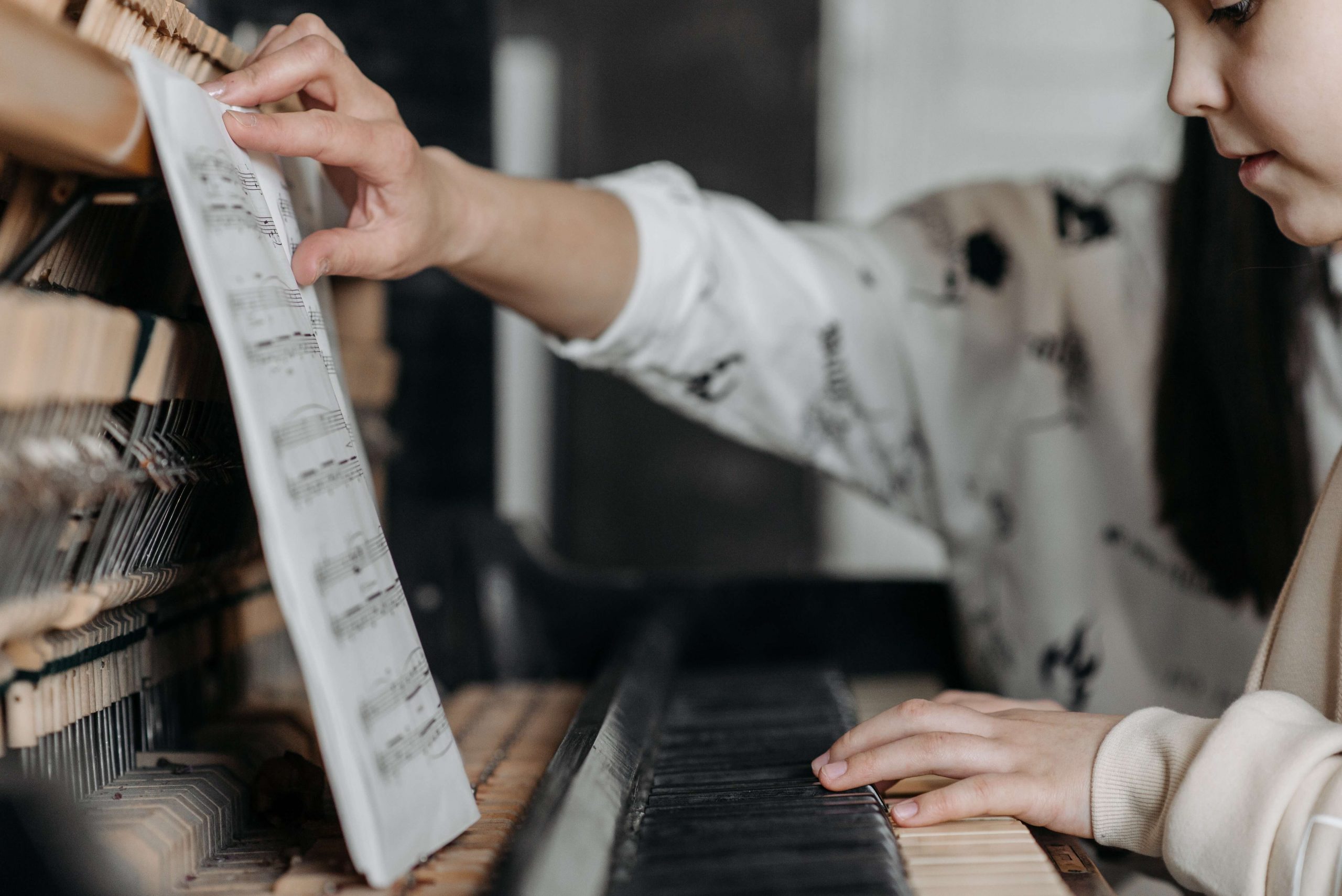Steady Beat Learning Music Activities4 min read
If you are an aspiring musician you should keep in mind that melodies and notes only go so far in music. This is why you should grasp the importance of rhythm in terms of both compositions as well as performance. As human beings, rhythm is part of everything we do whether we realize it or not. Rhythm is a part of us. So, it is not so much a matter of learning it but rather just practicing it. Learning rhythm requires practice, reiteration and reinforcement.
Steady beat is one of the first musical concepts that children should learn. Knowing how to keep a steady beat is not only necessary in music learning but is also a great tool that facilitates the overall development of an individual. With the help of a number of activities, children will be able to experience beat learning aurally, visually, kinesthetically and socially.
Here are a few steady beat learning activities that you can try out:
Contents
Body Percussion
Body percussion is a really great way to teach children rhythm as it helps to get students moving and creating music with their bodies. Body percussion helps children to feel the beat by using their bodies as natural instruments. You can encourage students to perform actions like clapping their hands, stomping their feet, patting their knees, and snapping their fingers.
Make sure that your younger students are able to handle two-beat patterns well before they can move on to four-beat patterns. You can ask your older students to pick a partner and create eight-beat patterns. As you watch your students gaining more confidence, you can ask them to create patterns on the beat and share them with the class.
For a more holistic experience of coordination, you can also use online tools where you can string some beats together with four instruments. The four instruments are actually assigned to clapping, stomping, patting and snapping respectively.
Percussion Instruments
Explain the instruments to your students and explain how they musically boost the various body movements like stomping and clapping. Try to properly explain to your students how every sound unit that is made by the instrument corresponds to a beat. Percussion activities help students to learn how to keep beat. For early learners, make sure to separate the rhythms and beats. Encourage your students to try and vocalize the beats before actually playing the instruments; this will help them in keeping the beat.
Singing
You can do this activity with children who are in preschool and kindergarten. You can choose some songs and sing them once, after which you go about explaining how the songs will sound differently when they are sung either faster or slower. Separate the beat in each song and ask your students to clap, hum or play the beat on an instrument.
Using Props
Props are another way to help students get an idea of how to keep a steady beat. You can use scarves, ribbons or even stretch bands to show your students to keep the beat. You can make your students form a train with the help of their props. Children who learn best visually will really benefit from this activity. When the scarves or ribbons go up and down as per the beat, students will be able to visually sense the beat.
Chants
Showing students a steady beat by teaching them chants is a good aural as well as visual activity. As students chant lines, encourage them to also practice patting the beat on their knees and feet. Teach your students long and short sounds with the help of rhythm symbols. Also show them how while sometimes there is one sound on the beat, at other times there may be two sounds on the beat. Make them chant as they play the beat on their knees.
Instruments
This is a no-brainer but instruments are a great way to help children feel the beat. You can include instruments with any of the above activities. Through the use of instruments, you are essentially giving your students the chance to have a different experience of feeling the beat. You can let some students play the instruments while others chant, sing or move to the beat.
We hope these beat learning activities help you as you teach your students to learn steady beat keeping. Remember that when you incorporate activities that will help to engage your students through kinesthetic, aural and emotional applications, you are essentially allowing them the opportunity to gain an inner sense of beat and pulse.





